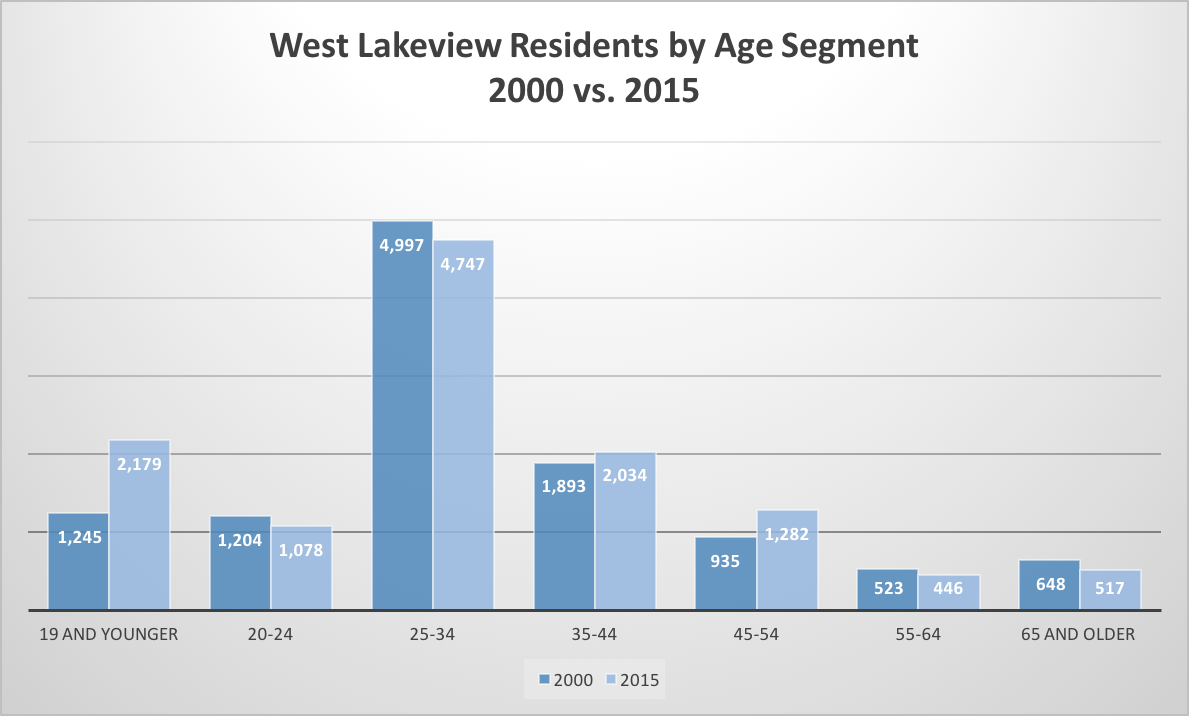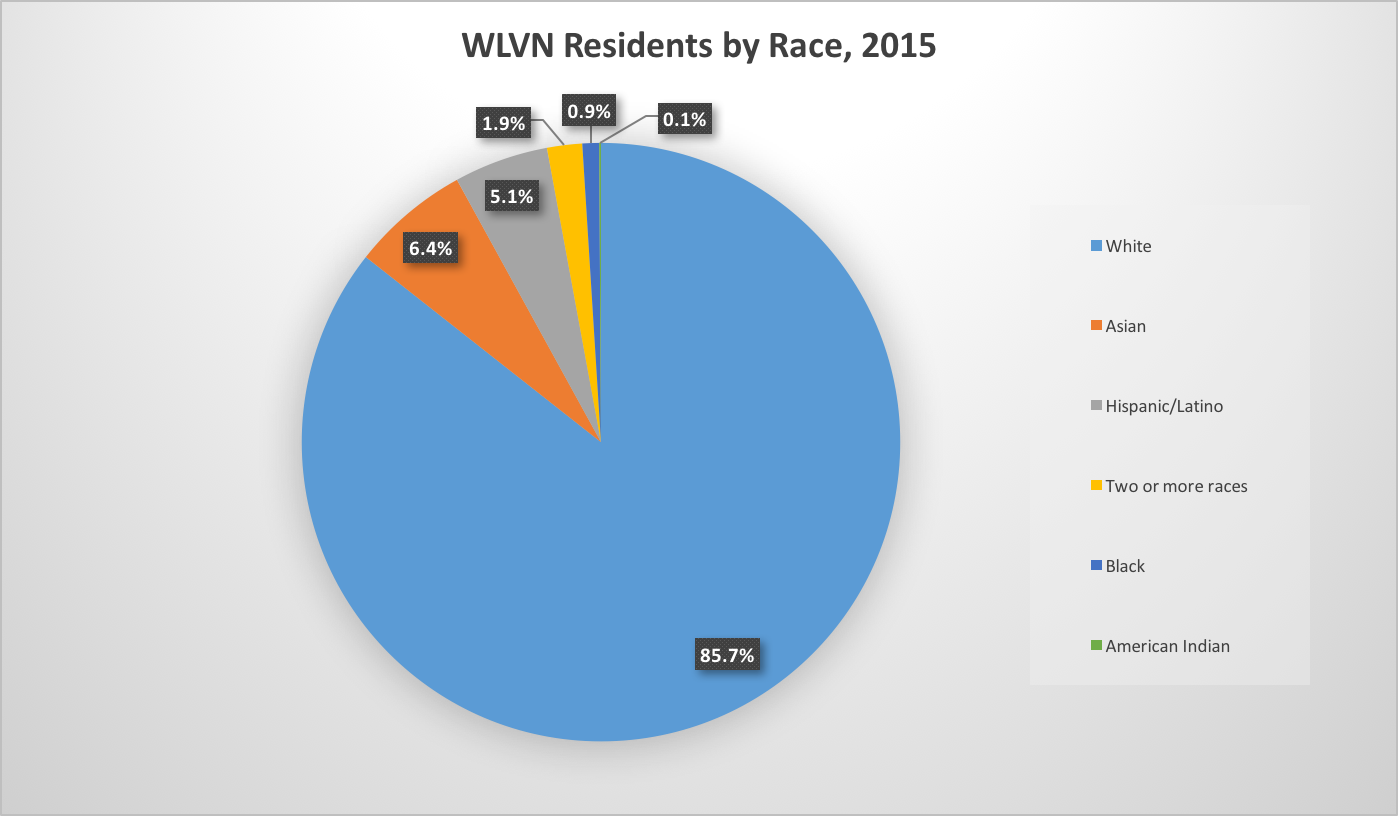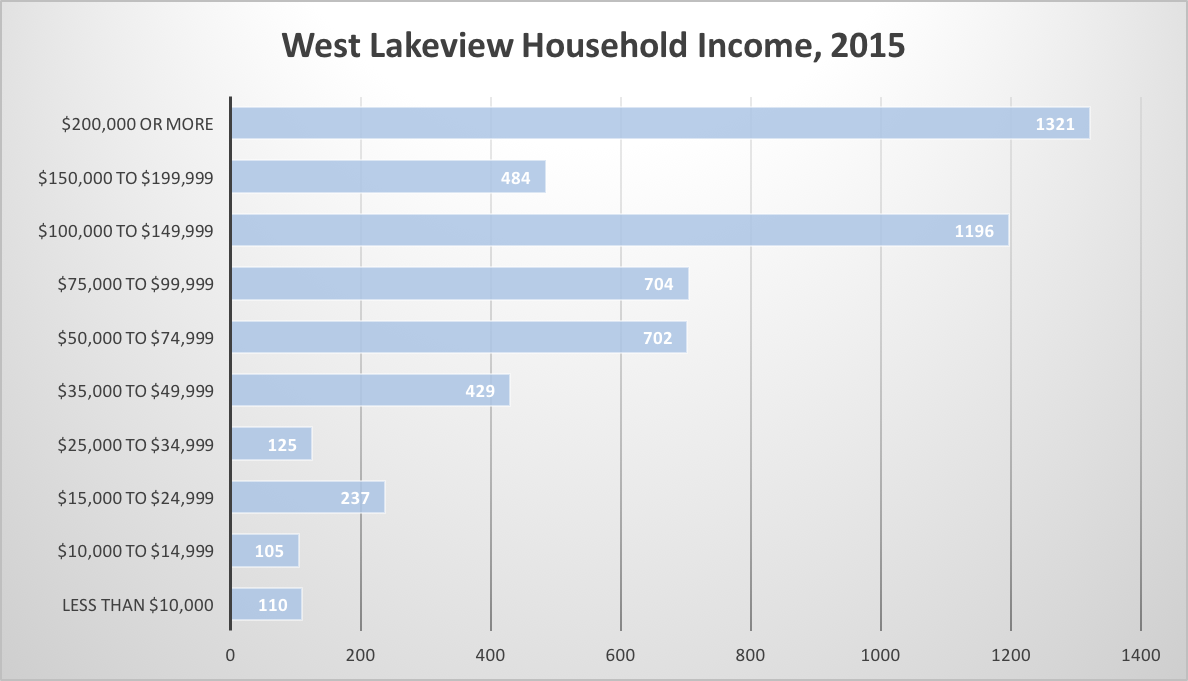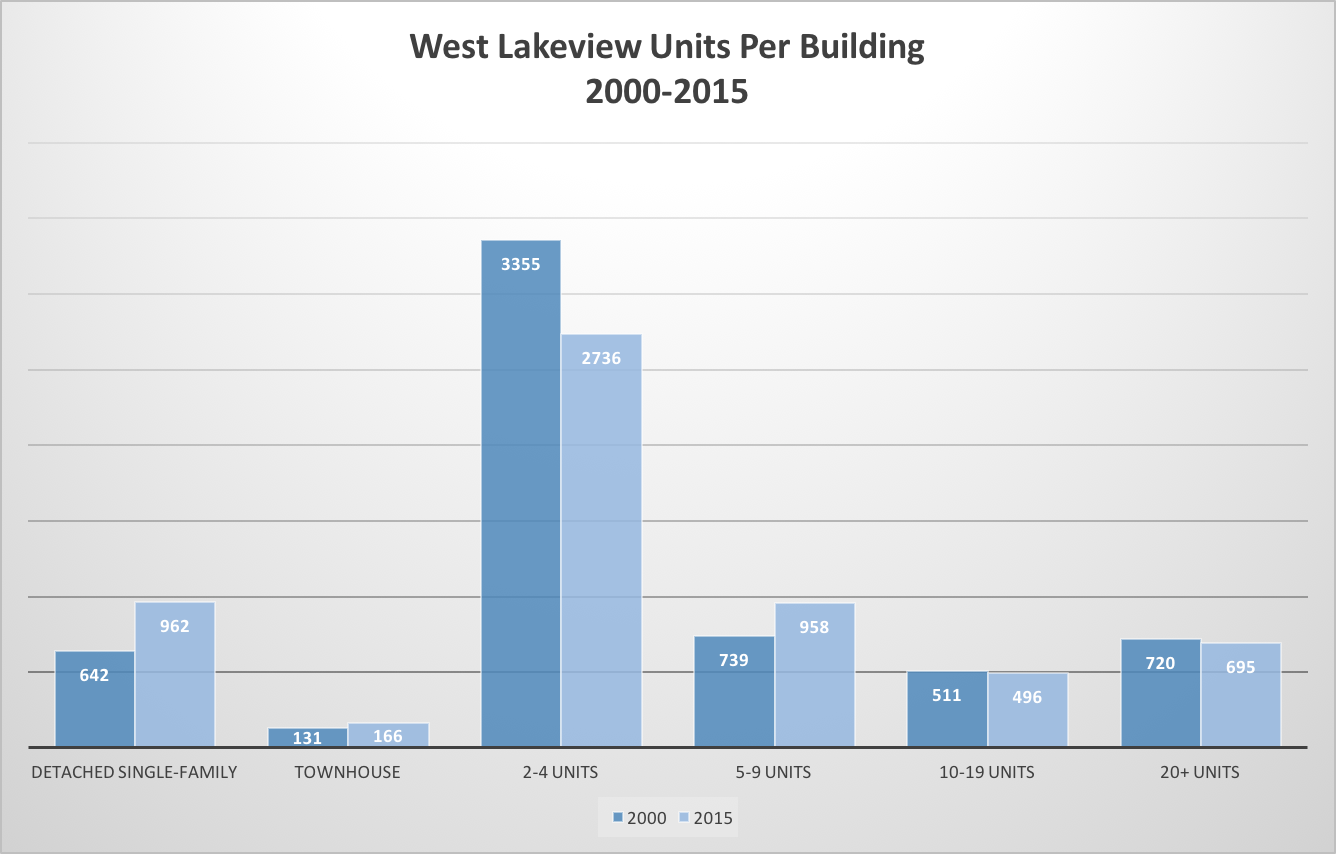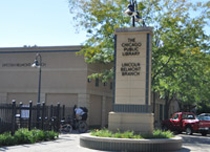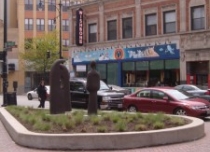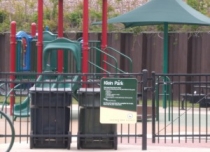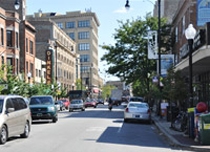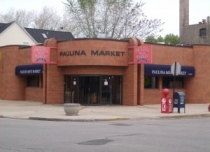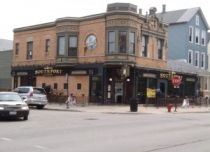The Lake View community area has a long and storied history, with districts such as Wrigleyville and Boystown being key to the community’s diversity and cultural life. Lake View Township was incorporated in 1887 and soon after annexed into the City of Chicago.
But it was in the western portion of Lakeview, around the Lincoln-Belmont-Ashland intersection, that one of the city’s largest shopping districts formed. There are still some longtime businesses in the area, including Paulina Market, Haderlein Realtors, and Dinkel’s Bakery, and there are strong business corridors on Lincoln and Southport avenues. This area invited working-class families and shoppers.
The Lakeview Citizens Council formed in 1952, and out of that have come nine smaller residential organizations for the different geographic areas in Lake View. West Lakeview Neighbors (WLVN) developed to represent residents on the western end of Lake View—between Racine, Belmont, Ravenswood, and Addison—and in 2011 it expanded its boundaries to include the area between Ashland, Addison, Ravenswood, and Irving Park.
While that explains where West Lakeview is geographically, it does not explain who West Lakeview represents. Below, our community profile will highlight some of the demographics of our neighborhood and how it’s changed since the turn of the century. All data is from the American Fact Finder through the U.S. Census Bureau.
DEMOGRAPHICS
West Lakeview is a community of an estimated 12,283 people, up from 11,445 in 2000. Despite losing 250 residents aged 25 to 34 since 2000, that age segment remains the most common in West Lakeview, making up nearly 39% of the local population. Over the same period, residents aged 45-54 increased by 347 people, and there have also been large increases in children, especially those ages 5 and younger.
West Lakeview is predominantly white (85.7%). The area has lost black and Hispanic residents since 2000, while the number of Asian residents has increased to account for 6.4% of the population.
The median household income in West Lakeview is $110,496. Nearly one quarter of households have an income of $200,000 or more, including 41% of families. About 22% of households make between $100,000 and $150,000. Nearly 19% of West Lakeview households make less than $50,000 annually, though only about 10% of those are households with families. West Lakeview is a highly educated community, as about 85% of residents age 25 and older have a bachelor’s degree and 34% have a graduate/professional degree. There are 9,065 residents aged 16 or older are in the labor force, and about 97% of those residents are employed.
TRANSPORTATION
West Lakeview is well served by public transportation. There are two CTA Brown Line stops, at Southport and Paulina, with several other stops nearby. Bus lines run through West Lakeview or along its borders with the Ashland, Belmont, Irving Park, and Addison buses. There are also seven Divvy bikeshare stations in or near the borders.
Nearly half of West Lakeview commuters (47.3%) commute to work by public transit, up from 40.2% in 2000. Conversely, the percentage of commuters driving has declined from 50% in 2000 to 42% in 2015.
While most West Lakeview residents have at least one car at home, 18.6% of households do not have a car. Nearly 53% of households have only one car, while 23% have two cars and 5% have three or more vehicles. Further, 43% of rental households don’t have a car.
HOUSING
There are an estimated 6,020 housing units in West Lakeview, down from 6,123 in 2000. More than half (53%) of the housing units were built before 1940, and 18.3% were built since 2000. About 10% of housing units are vacant, meaning there are an estimated 5,413 households in West Lakeview.
West Lakeview is a majority-rental neighborhood, with 56% of households occupied by renters. However, that’s down significantly from 2000, when 65% of households were rentals. The average household size for renters is 2.1, and the average size for owners is 2.5 people.
The physical makeup of homes in West Lakeview has changed since 2000 as well. While there has been an increase of 320 single-family homes and 35 townhomes, the neighborhood lost 619 two-, three-, and four-flat buildings. However, the community has seen an increase of 219 buildings with 5-9 units.
Meanwhile, the neighborhood lost 506 one-bedroom and 81 two-bedroom units. But the community gained larger units, with 414 new three- and four-bedroom homes. This corresponds with the loss of two- to four-flats and de-conversions into single-family homes.

